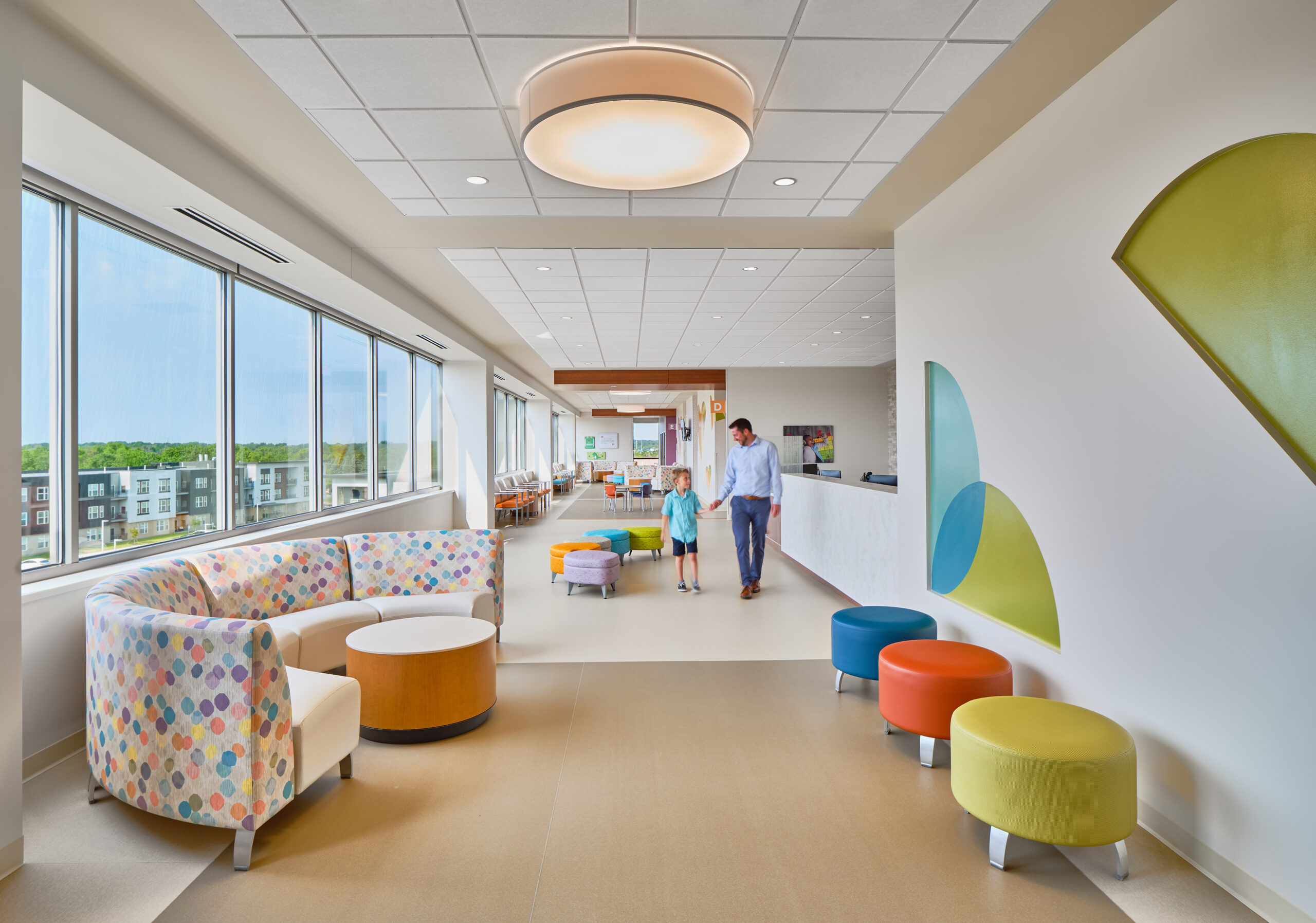By Eric Althoff
SAN FRANCISCO—Gensler, the world’s largest designer and architecture firm, recently published a study called “Transforming Healthcare,” whose aim was to examine the potential means for healthcare construction and future clinical layouts amid the coronavirus pandemic.
Gensler’s Health & Wellness division commissioned the study as well as interviewed field experts to determine precisely what the healthcare environment will look like as the world comes to terms with a new reality for treating patients in the clinical setting, where safety and separation of patients from medical staff has taken on a new urgency thanks to the transmissibility of the COVID-19 virus.
According to the study, it is now incumbent upon healthcare facilities to foster “an environment that feels safe and [makes] patients and employees feel valued, while re-confirming that their health matters.” Accordingly, the next step in healthcare delivery will require not returning to the status quo of the pre-COVID times, but rather necessitate taking the approach that “this disruption is an opportunity to reimagine the delivery of care.”
If high-volume patient care is ever to be viable again, Gensler found that “a carefully choreographed course of immediate actions and long-term efforts” will be needed. This will require not only a refocus on the part of clinicians, but also reassuring patients and their families that it is safe to even visit a hospital for care. “The strategy of getting patients and staff back into clinical environments is to reduce fear, rebuild trust, reassure, and communicate clearly how their well-being is considered,” Gensler’s study found.
The best defense against hospital-wide infection is a good offense, the study’s authors advise, which can be accomplished in redesigned healthcare environments through such common-sense measures as distancing workstations adequately, employing one-way airflow, extensive hand-sanitizing stations and adjusting staff and patient-arrival schedules to a more phased approach.
Gensler advises redesigning the physical layout of healthcare spaces to better facilitate a reduction in contact in waiting areas and examination rooms. Contactless interactions and “smart building technologies” are recommended as well.
Key to the success of any such future endeavors is that hospitals and other healthcare spaces take a systemic approach to enhance the patient experience as well as reduce the chances of cross-contamination and infections being spread in the clinical setting.
Furthemore, Gensler’s study found that the public has greatly shed its confidence in the ability of healthcare spaces to foster this very kind of safe atmosphere. Correspondingly, the audit advises that it will be incumbent upon healthcare settings to not only reconfigure their spaces to head off disease transmission but also to restore “lost confidence” that the coronavirus pandemic has made endemic in much of the public when it comes to feeling safe in a healthcare setting. Gensler said that designers should therefore focus on creating what they call “Humane Healthcare” that addresses those very concerns.
The June report from Gensler, commissioned under the firm’s Global Health & Wellness department, carries recommendations not just for Gensler properties but for all those firms that work in the healthcare sector moving forward.






